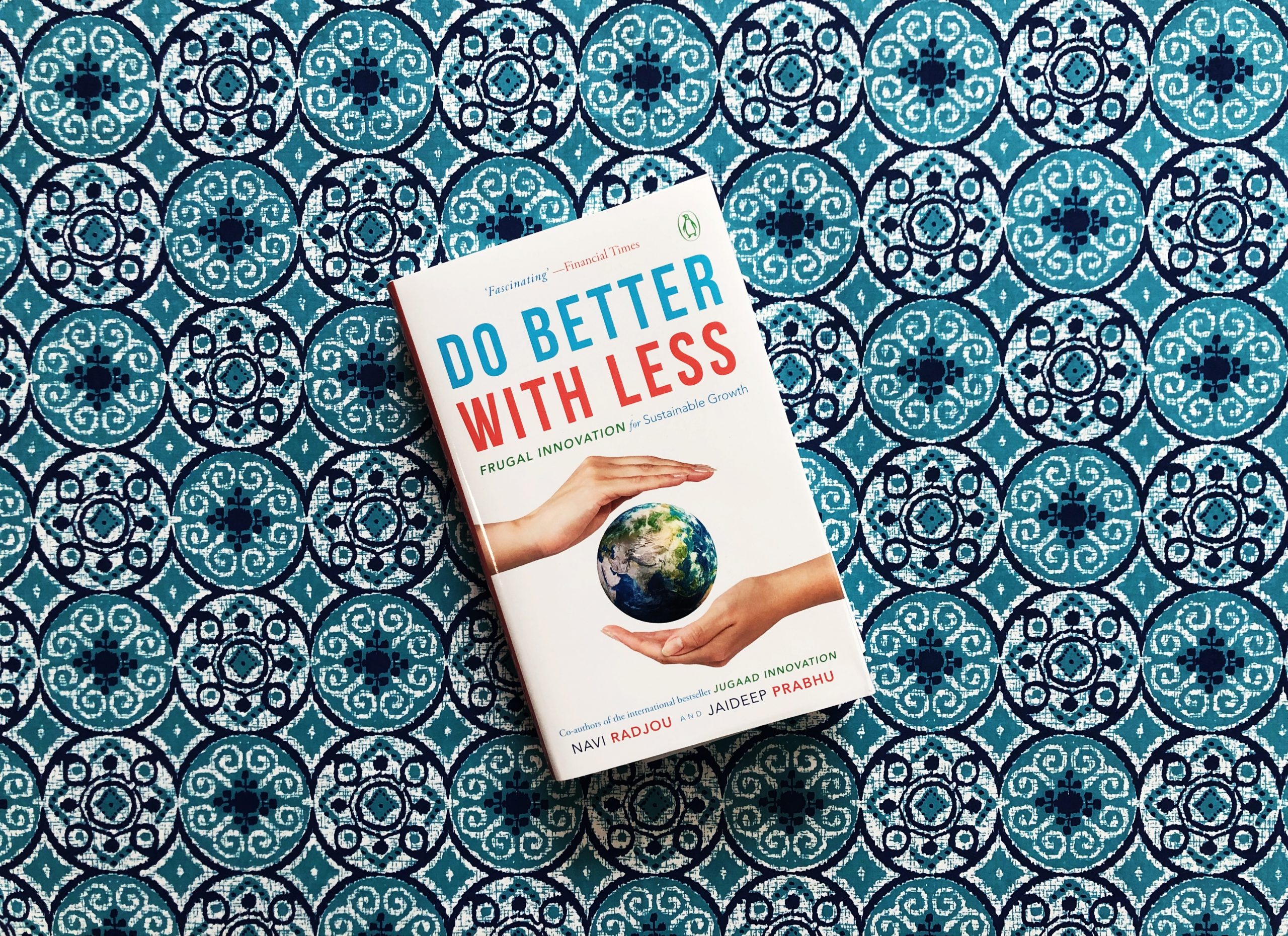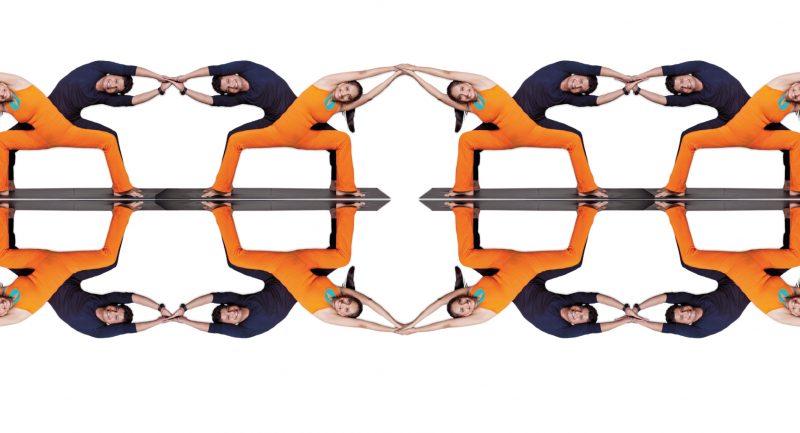
The groundbreaking new book Do Better with Less by the bestselling authors of Jugaad Innovation—Navi Radjou, and Jaideep Prabhu is here to show how India can harness the three megatrends — the sharing economy, the maker movement and the circular economy to drive inclusive and sustainable growth in the coming decades.
The world faces a stark challenge: meeting the needs of over 7 billion people without bankrupting the planet. India, with its large population and limited resources, offers a creative response to this. Its resilient jugaad mindset, dynamic entrepreneurial ecosystem of start-ups and NGO-government collaboration promises to meet its own requirements, and those of the world, in a sustainable way.
Read on for six proven principles that Indian entrepreneurs and businesses can use to co-create frugal solutions in education, energy, healthcare, food and finance!
Principle one: engage and iterate
Rather than using insular research and development (R&D) departments that rely on educated guesses about customer needs, E&I starts with customers, observing their behaviour in their natural environment, and then considers how products can be made as relevant as possible, going back and forth between the customer and the lab to refine designs. As former CEO of Intuit, Brad Smith says: ‘If you never lose sight of the customer problem, how you attack the solution can remain more flexible and iterative and ultimately be more likely to succeed.’ This innovation model is based not on pushing new technologies onto customers, but on starting with customer insights and looking for ways to solve their actual problems.

Principle two: flex your assets
Customers are becoming ever more demanding. They increasingly want tailored products and services where and when they desire. The trend towards mass customization, new tools (such as robotics and 3D printers) and new approaches (such as social manufacturing and continuous production) can help operations and supply chain managers ‘flex’ their production, logistics and service assets to satisfy demanding customers better and more cheaply. The goal of flexing assets is not only about saving resources, such as carrying less inventory, but also about saving time—a business’s most valuable resource.

Principle three: Create sustainable solutions
This demonstrates how companies can implement sustainable practices such as cradle-to-cradle and the circular economy (where components and materials are repeatedly recycled) to design and manufacture waste-free products of value to customers. It shows how the sharing economy—in which customers share products as pay as- you-go services rather than own and consume them—can boost customer loyalty and generate new sources of revenue. And it explains how some pioneering firms are using techniques such as upcycling to combine and integrate the principles of the sharing and circular economies, thus paving the way for the ‘spiral economy’: a virtuous system that generates evermore value while reducing waste and the use of natural resources. Thus R&D and manufacturing managers can develop self-sustaining solutions that help both businesses and the environment

Principle four: shape customer behaviour
Companies can influence consumers into behaving differently (for example, driving less or more safely) and feeling richer while consuming less. Marketing managers can improve brand loyalty and market share by tailoring frugal products and services more closely to the way customers actually think, feel and behave—and by properly positioning and communicating the aspirational value of these frugal solutions. Indian brands can use clever design and marketing techniques to encourage Indian consumers to adopt a healthy and sustainable lifestyle.

Principle five: co-create value with prosumers
Consumers want a ‘conversation’ with their brands. Consumers now design, build and sell products themselves especially the tech-savvy millennials and Generation Z (those born between 1981 and 2012)—are evolving from passive individual users into communities of empowered ‘prosumers’, who collectively design, create and share the products and services they want. Sales and marketing managers can build greater brand affinity and deepen their engagement with customers by co-creating greater value for all.
The horizontal economy which allows consumers to design, build, market, distribute and trade goods and services by and among themselves, is being encouraged by Fab Labs and maker spaces, the low-cost building blocks of DIY products, Peer-to-peer sharing platforms, collective buying platforms, and crowdfunding platforms that finance new ventures.

Principle six: make innovative friends
R&D and operations managers can develop frugal products, services and business models more efficiently by collaborating with diverse external partners (such as suppliers, universities, venture capitalists and start-ups) than by working alone. In addition, makerspaces can connect large companies and nimble inventors and enable them to co-create new products faster and cheaper using digital prototyping tools. Brands must increase the breadth and depth of their partnerships in order to understand the real nature of the so-called wicked problems and solutions. Companies must also transform themselves from within by setting up an innovation-brokering function, increasing internal agility, and monetizing, intellectual capital beyond just protecting it.

Do Better With Less is India’s guide to claiming global leadership in frugal innovation.









